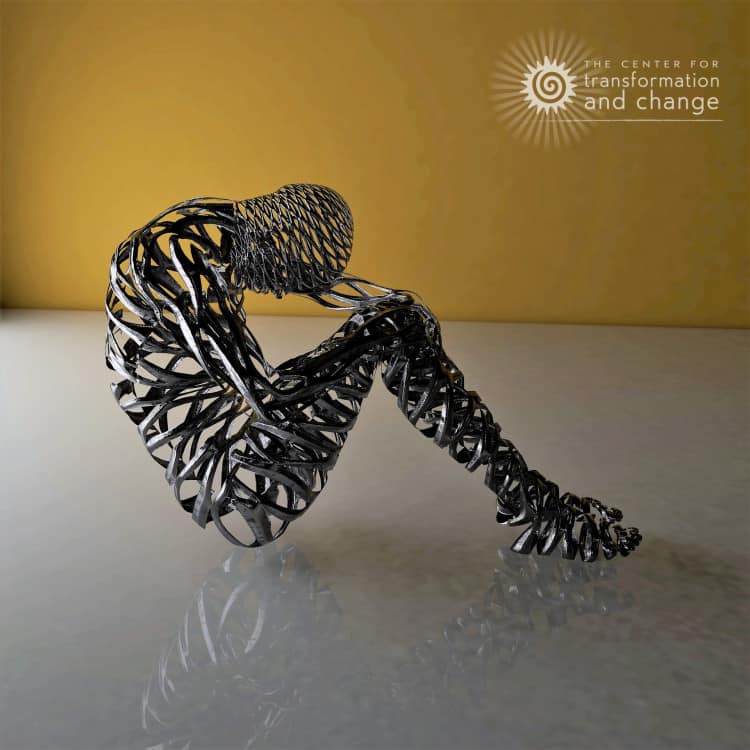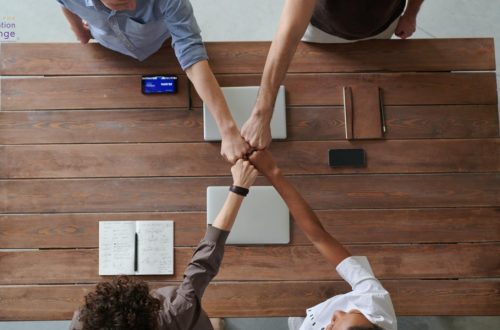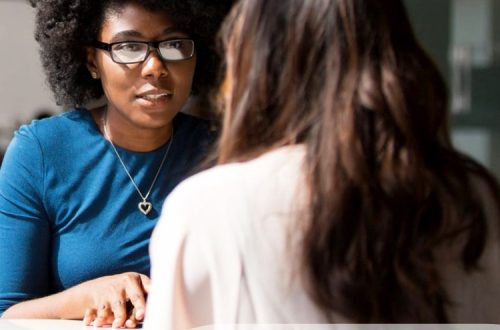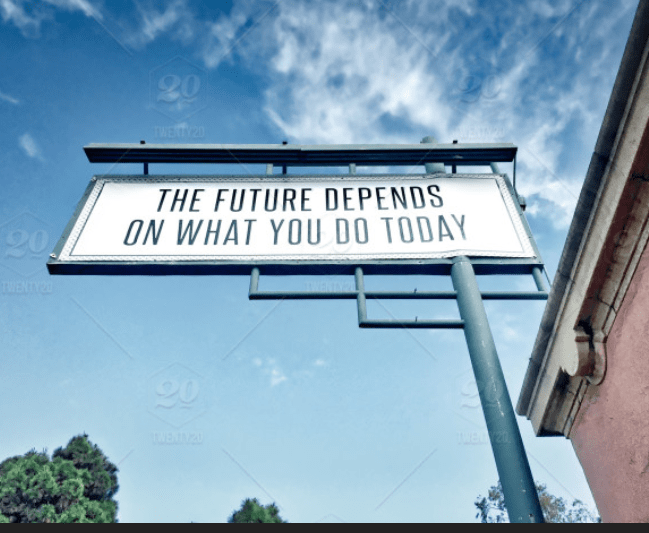Have Diversity Efforts at Your Organization Hit a Snag?
Studies have proven that successful organizations and businesses are those that promote diversity and inclusion – an atmosphere where everyone feels valued and respected.
Great leaders praise the benefits and rewards of a socially just, inclusive environment – varied cultural perspectives can forge creativity, inventiveness and ingenuity – while attracting (and retaining) top talent.
“Diversity: the art of thinking independently together.”
–Malcolm Forbes
You’re nodding your head in complete agreement.
But then reality hits.
Diversity Efforts Not Getting the Results You Expect?
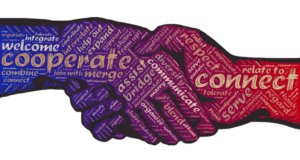 At your organization, diversity efforts may not be getting anticipated results. This is all too common. In some cases, initiatives may increase overall awareness, but do little more than that. Maybe you justify the situation, believing that on your own, you’re doing what you can to promote equity and inclusion…so at least it’s a start, right?
At your organization, diversity efforts may not be getting anticipated results. This is all too common. In some cases, initiatives may increase overall awareness, but do little more than that. Maybe you justify the situation, believing that on your own, you’re doing what you can to promote equity and inclusion…so at least it’s a start, right?
It’s not enough.
Let me tell you – you can’t do this by yourself. One person cannot be responsible for creating an inclusive environment. It can’t be done that way.
I’ve said this many times, and I’ll say it again because it’s so important: ALL members of the organization are responsible for actively doing their part to interrupt disrespectful, exclusionary situations and creating inclusive practices and services so that everyone can benefit from an equitable, socially just environment where all are valued.
Yes, change begins with you, but that’s just the starting point. If you need some proven techniques and smart strategies to mobilize everyone at your organization to infuse diversity and inclusion into all levels of your organization, join me at my next live Virtual Institute on Thursday, April 26th.
What About Your Organization’s Diversity Training?
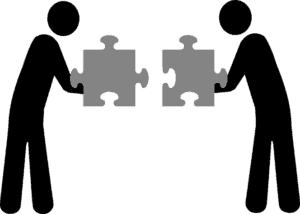 The man who moves a mountain begins by carrying away small stones.
The man who moves a mountain begins by carrying away small stones.
Thousands of years ago, Confucius uttered that profoundly true statement.
The stark simplicity of his statement remains true today. By ourselves, we stand alone – alone in our ideas, concepts and creativity.
When we stand together, we draw on each other’s cultural diversities, talents, skills and strengths.
Today, I challenge you to think about the quality of the content of the diversity and inclusion training that your organization is providing. Part of creating measurable change at any organization is being able to reflect on current policies and practices, as well as future goals.
For instance, if your organization offers training on effective leadership skills, some learning objectives might be to develop competencies in these areas:
- Lead and manage diverse teams
- Attract, develop, and retain a culturally competent, diverse employee group
- Prepare employees/students to live and work in a global environment
Virtually all courses involving any type of interpersonal skill building will benefit by effectively designing activities to aid in the exploration of the following questions:
- What are the breadth of group memberships among the people you serve and with whom you interact?
- What are some of the common, societal attitudes and biases that still exist towards people from these various group memberships?
- How might these attitudes/biases impact how people treat others: either with unearned privilege and deference? Or undeserved negative, exclusionary treatment?
- Which of these attitudes/biases might you still be working to release and unlearn?
- What are ways to interrupt these stereotypes when we recognize we are treating people based on our assumptions and attitudes?
Every (Diversity) Expert Was Once a Beginner
I do not label myself an “expert” – but I’ve had decades of training and experience that have allowed me to develop best practices for creating equitable, socially just environments that actively promote diversity and inclusion.
It wasn’t always that way. Earlier in my career as a college administrator and an organizational consultant, I taught a wide variety of courses on various interpersonal skills – with little or no direct reference to the issues of inclusion and diversity.
Judging by my own standards back then, I excluded many, many groups. Looking back, I’m rather appalled since I cannot imagine teaching interpersonal or leadership skills without giving attention to the issues of equity and inclusion.
I share this with you to help you understand that change is always possible. It begins at the individual level as we deepen our own capacity to create change at both the group and organizational levels. We all must be prepared to interact effectively as well as upskill our colleagues at each of these levels.
It’s like the trifocals that I wear. They help me to see more clearly up close, at a distance – and all the areas in between. When it comes to effectively creating inclusive, socially just environments, everyone needs a pair of those, right?
I’d love to have you join me (and bring some of your colleagues, too!) on Thursday, April 26th for a lively 3-hour Virtual Institute that I’ve developed. It’s called Creating Inclusive Organizations: Tools to Shift Organizational Culture and Systems, and you can sign up right here.
